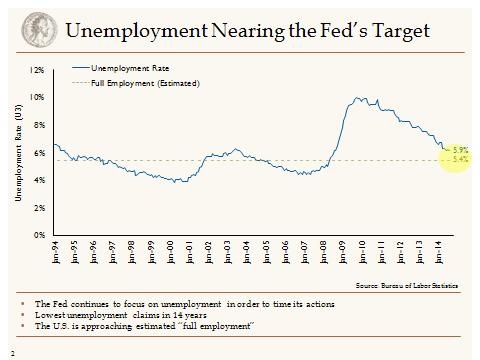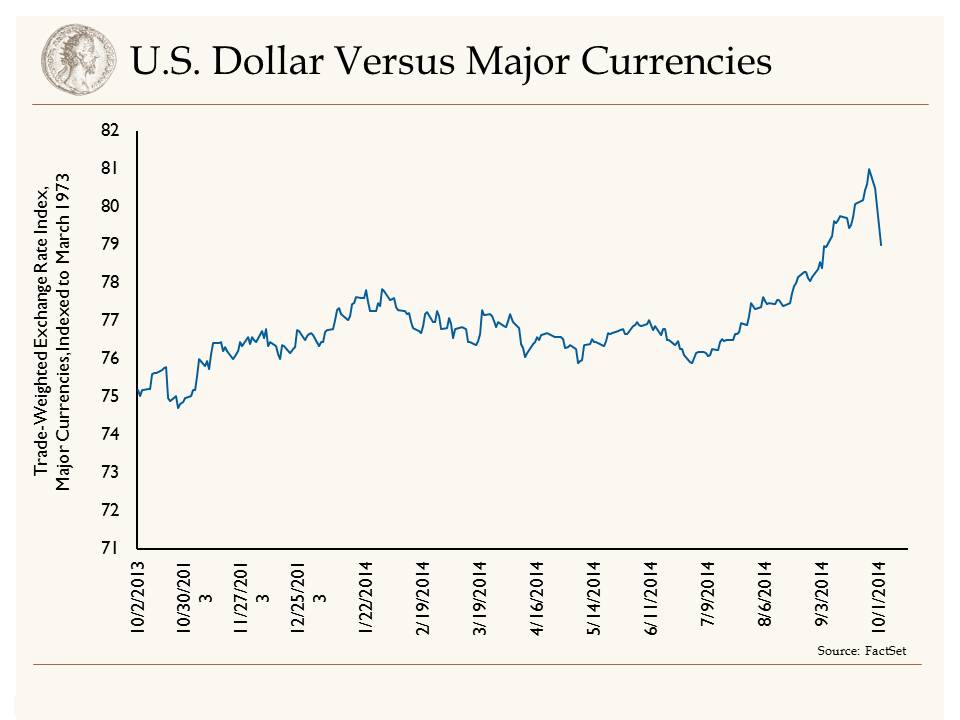 by Jason Norris, CFA
Executive Vice President of Research
by Jason Norris, CFA
Executive Vice President of Research
Headline sales numbers from Black Friday looked disappointing with revenues falling 11 percent in 2014, which follows a negative year in 2013 as well. However, when we dig into the data, we see that sales have spread out over the entire week. Many stores have been starting their promotions earlier in the Thanksgiving week, meaning Black Friday is not the seminal event it once was. Coupled with an increasing amount of shoppers going online, the post-holiday shopathon is not the signal to the markets it once was.
Data from the entire weekend looked fine with sales rising approximately four percent, with a 15 percent clip coming from online sales. In forecasting the entire holiday season, industry analysts still expect low to mid-single digit growth. In light of gasoline prices down 35 percent from last year, we are comfortable with that growth forecast. In fact, this led us to increase our allocation to the consumer discretionary sector recently.
Quantitative Speaking
With the Fed wrapping up its quantitative easing last month, the European Central Bank has upped their rhetoric. This week, ECB president Mario Drahgi was more adamant that the ECB will be in the markets buying bonds. This put a small bid on the Euro; however, we are still waiting for the ECB to actually make meaningful purchases. Since 2012 when Drahgi stated the bank would do "whatever it takes" to prop up the Euro economy, there has been a lot of speaking, with little actual easing.
The economic data points coming out of Europe have been neutral at best. While the old adage of "don't fight the Fed" may be appropriate for the ECB and European equities, we would rather focus on large cap U.S. stocks due to a strong economy, falling commodity prices and low interest rates. One potential headwind for multinationals is going to be the strength of the U.S. dollar. The dollar has rallied 10 percent the past few months and this will start effecting overseas results this quarter. Due to this, recent portfolio additions have focused on the domestic economy, rather than the global economy.
Our Takeaways for the Week:
- Falling gas prices and an improving U.S. economy keeps us bullish on U.S. stocks
- Continued dollar strengthening will benefit U.S. stocks and bonds, while pressuring commodity prices, thus keeping inflation low



















